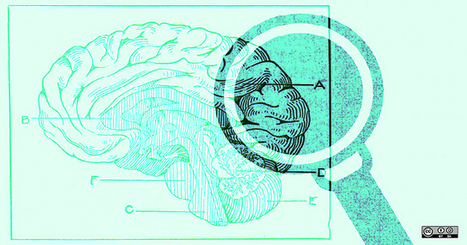“We do not need to try to create innovative characteristics in the individual, we simply need to show them how to cultivate innovative thought.” What is innovation, and how can it be cultivated? These are two of the questions being raised by researchers at the University of South Florida. In a new issue of Technology... Read More
Via Elizabeth E Charles, Mark E. Deschaine, PhD, Bobby Dillard, Dean J. Fusto



 Your new post is loading...
Your new post is loading...










